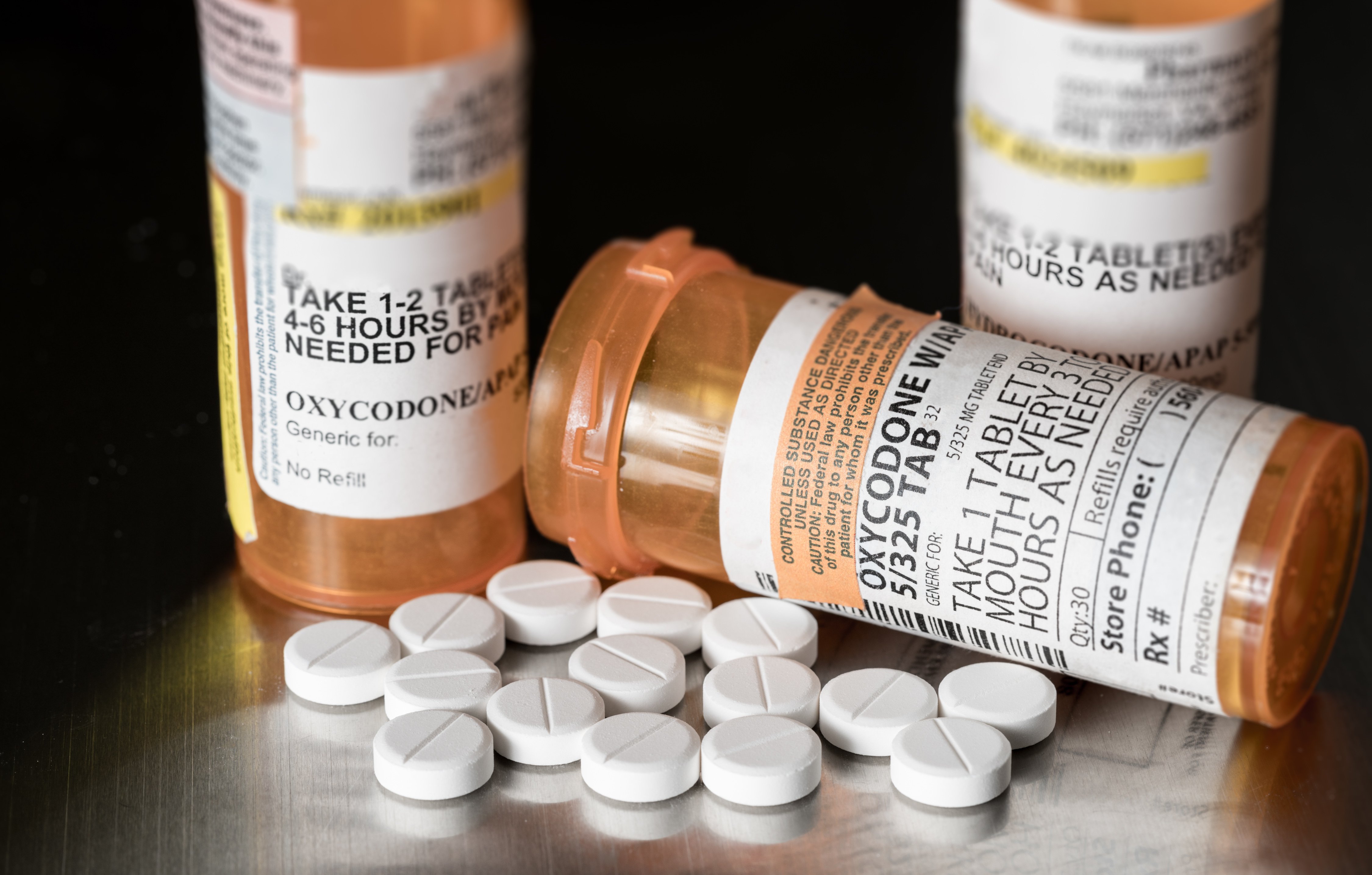Independent pharmacies have challenges that sometimes seem monumental. From rising wholesale costs to increasing legal requirements, it can be difficult for a mom-and-pop pharmacy to compete in a digitally-driven marketplace. One of the biggest problems, however, is that fraudsters often seek out small pharmacies for drug fraud because they may seem like easy targets.
Fortunately, many local pharmacies are much stronger, smarter, and more observant than they seem. Small pharmacies can often be much more secure than a big chain because of time and connectivity they have with customers. But in order to catch fraudsters, you have to know the signs and have a clear action plan when something is obviously wrong.
Here are a few of the most common behaviors and tricks that fraudulent drug purchasers attempt to use on small pharmacy personnel. With a little practice, you’ll find that it doesn’t take a huge investment of time or energy to build epic drug security instincts.
Drug Script Fraud
This type of drug fraud requires a hard-copy script, a knack for plagiarism, computer know-how, and/or a second fraudster to answer the prescription verification call. According to the DEA dossier on prescription fraud, the main types of drug script fraud include:
- Legitimate prescription pads use for prescribing medicine for fictitious patients
- Additions or alterations to a legitimate physician's prescription.
- Editing stolen, legitimate scripts with a fraudulent call-back number (using a friend’s or their own cell phone number as the call-back)
- Fabricating scripts or copying real doctors’ scripts using a graphic design computer program.
These types of fraud can be difficult to spot, since it doesn’t take a huge amount of skill to fabricate a paper document anymore. Still, there are several signs that the person you’re dealing with may be handing you a fraudulent script.
- Handwriting style differences. Look for handwriting differences on the script itself, or “add-ons” to the original script. Choose a distinctive letter from the the script and make sure it is the same throughout the text. Look closely to make sure the ink color matches all the way through.
- Don’t be afraid to ask find-out questions when on the phone with the “office,” preferably ones that only a licensed medical professional would know the answer to. A great one is the physician’s DEA number.
- Clear and legible handwriting can be a red flag. Doctors are notorious for their sloppy handwriting, but a fraudster will want to make sure that the correct illicit medication is being prescribed to him or her. Often fraudulent scripts will have no abbreviations or shorthand.
- If you’re seeing a larger-than-usual number of scripts coming from a particular doctor, there may be a script abuse problem in your area. Make sure that you’re tracking how many scripts are coming from each of your participating physicians, and double-check their call-back numbers with any online information.
- Prescriptions written for one person and presented for another are not always fraudulent, but be careful to notice any other signs of fraud in your interaction with them. Look for signs the script might be photocopied. Check the date on the script to ensure that it’s being presented within a reasonable window (not months later).
Signs You’re Dealing with a Medication Abuser
There are several ways that legitimate medications can be used to harm the end user. Most of these involve getting prescriptions from various doctors and then using them in ways they should not. This has been a prevalent form of abuse recently, and is a major contributor to the current opioid crisis across much of the U.S.
- Be on the lookout for “enhancement” groups of scripts like opioids, benzodiazepines, and muscle relaxers. This may be a sign that the patient has gone to several separate doctors to obtain legitimate scripts that, together, might be lethal.
- Large groups of people who come to the counter together may be confusing. It is vital to know whose prescription belongs to whom, and which doctor’s office the scripts are coming from. Sometimes these groups will purposefully try to “muddy” the water or confuse a pharmacist or tech in order to get their medications filled incorrectly.
- When you are presented with medical scripts from various doctors in various states (or anywhere that is more than 50 miles from your location), you have good reason to question. It’s wise to make additional calls to verify the scripts, or simply enact a policy of not filling paper scripts from out of state.
- Cash-only purchases for opioids, stimulants, or steroids should be a red flag. This is especially true if the customer pays another way for other medications. It may mean they don’t want an electronic record of their purchase.
- Trust your people instincts. Abusers may seem agitated, nervous, or confused. If they are refusing to look you in the eye (hiding small pupils), seem to be under the influence, or are in any way incapacitated, you need to be very careful when reviewing their request for additional medication.
The Independent Pharmacy is the Last Line of Defense Against Drug Fraud and Abuse
As more and more people take advantage of the technology in place to fill prescriptions, these types of fraud are becoming more irrelevant. But the small pharmacy is still at risk, especially in rural communities where paper scripts are common. Take advantage of every opportunity to do what you do best: know your customers. When the independent pharmacy is proactively protecting itself against medication fraud and abuse, it makes a community safer for everyone.

